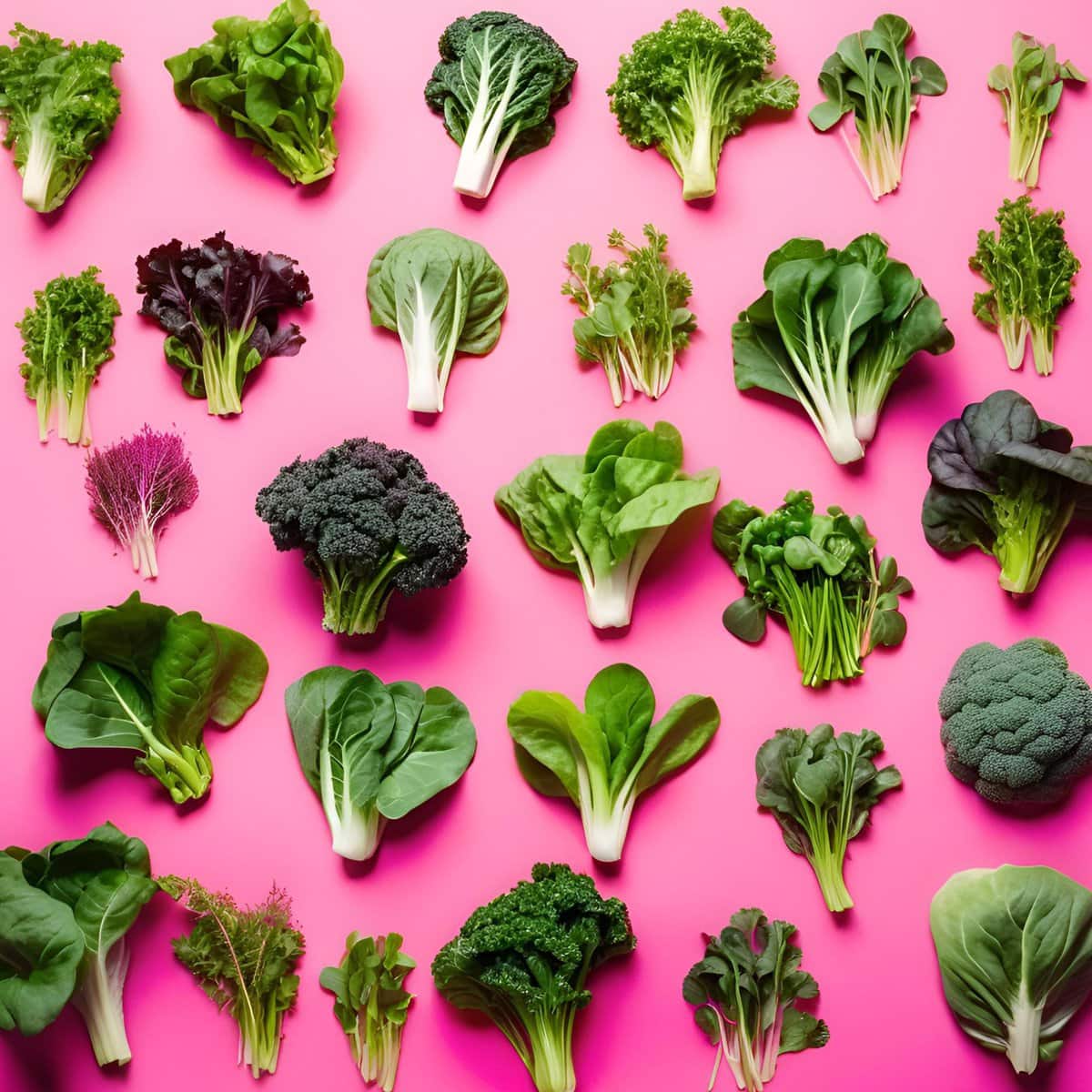
Top 12 Healthy Green Leafy Vegetables
DISCLAIMER: This post may contain affiliate links, which means that I make a small commission off items you purchase at no additional cost to you. Please read my policy page!
Top 12 Healthy Green Leafy Vegetables
Looking to add more greens to your plate? This list of the Top 12 Healthy Green Leafy Vegetables will inspire you to embrace nutrient-packed options that are as delicious as they are good for you! From kale to spinach and beyond, these veggies are a must for any healthy diet.
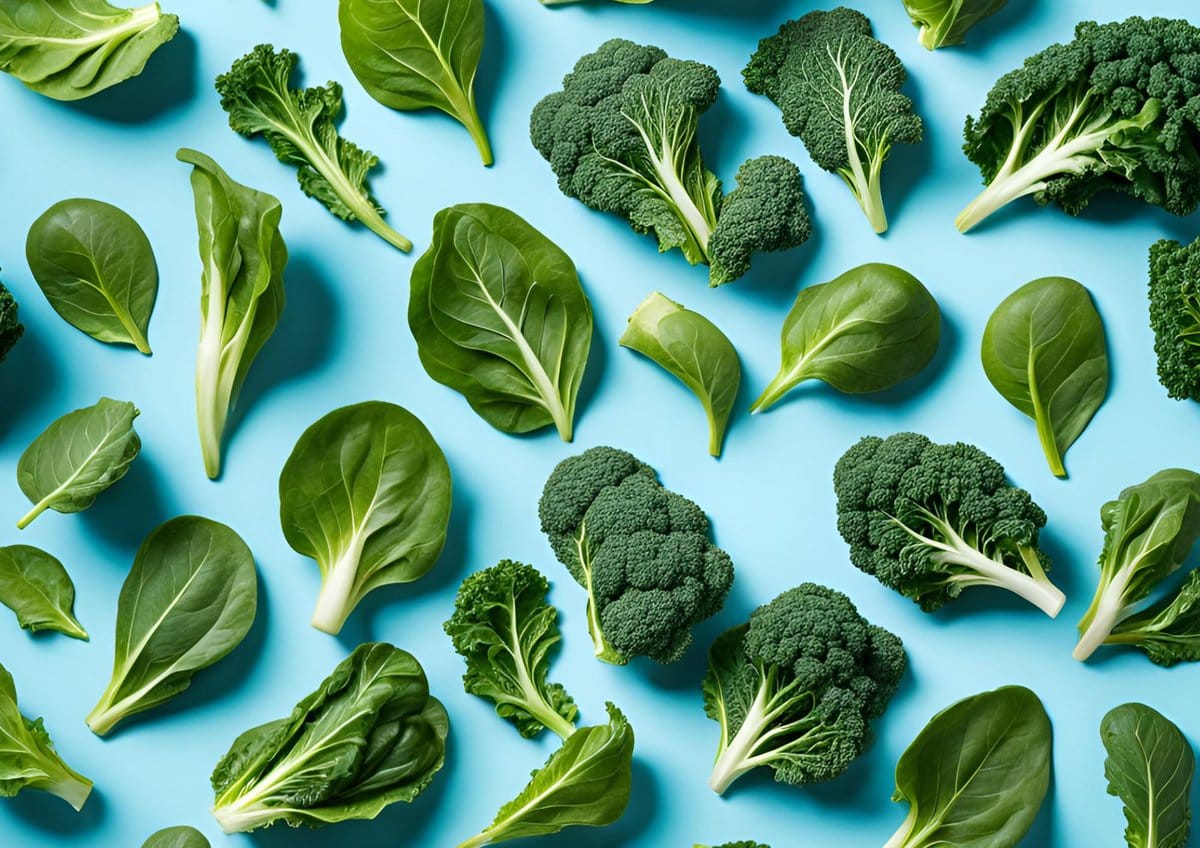
Leafy green vegetables are a key part of a healthy diet, and after writing my article on The Best Types of Lettuce last week, I felt inspired to share my Top 12 Healthy Green Leafy Vegetables with you! These greens are loaded with vitamins, minerals + fiber. But which ones are the healthiest? Growing up, I wasn’t the biggest fan of veggies—honestly, I think I only liked a handful of them.
Fast forward to adulthood, and now that I have a child, I’ve definitely grown to love veggies, especially in vegetarian + vegan dishes. I love sneaking extra greens into everything—smoothies, grain bowls, salads, and more. But I’ll admit, I still have a sweet tooth (who can blame me?), so I’ve had to get creative to truly enjoy my greens. If you’ve always been a veggie lover, hats off to you—seriously, I admire that! Haha.
Jump to:
Top 12 Healthy Green Leafy Vegetables
Here are some of my all-time favorite green leafy veggies—delicious + packed with nutrients! Hopefully, they’ll inspire you to add more greens to your meals and learn a bit about their awesome benefits.
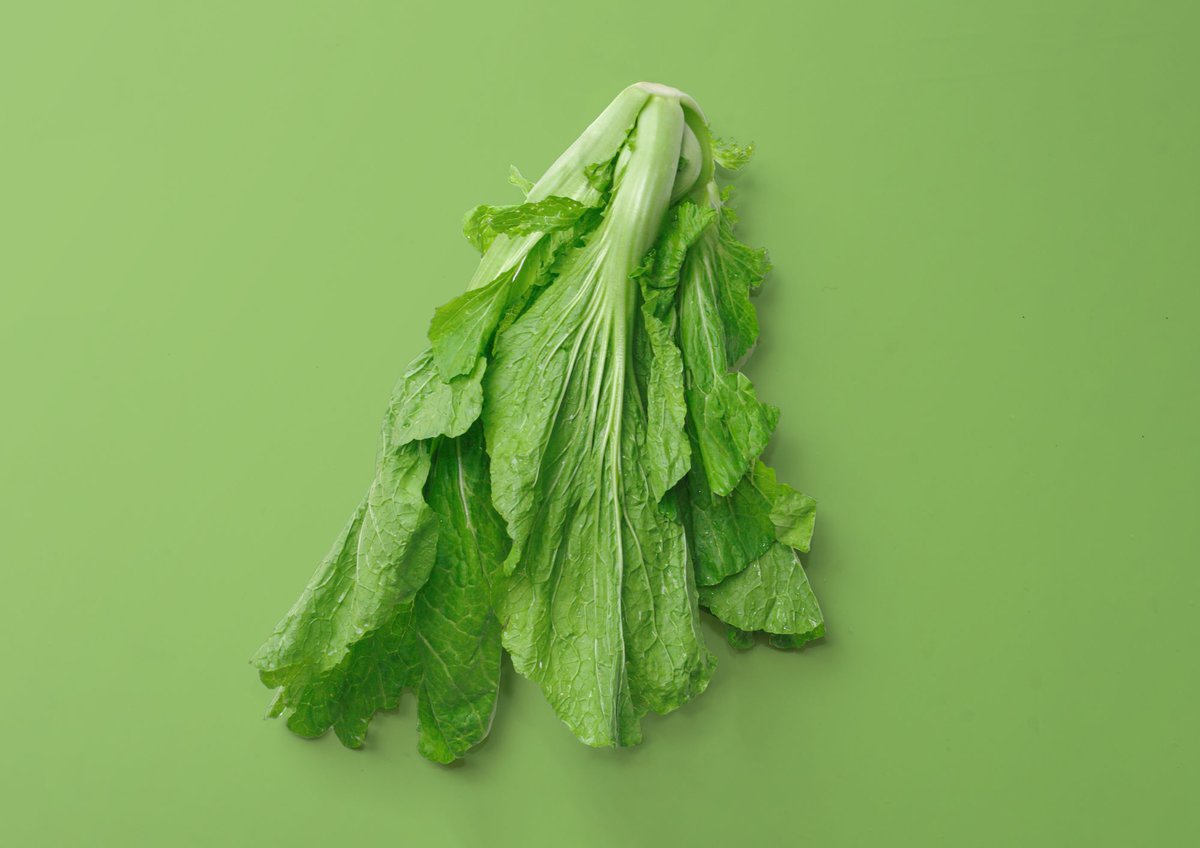
1. Mustard Greens
Mustard Greens are leafy green veggies with a peppery, slightly spicy flavor, often used in Southern and Asian cuisines.
- Taste. Bold, peppery, and slightly bitter with a hint of spice.
- Benefits. Rich in vitamins A, C, K, and antioxidants; supports immune health and heart health.
How to Use Mustard Greens:
Sauté them with garlic, toss into soups, or add to stir-fries + salads for a flavorful kick.
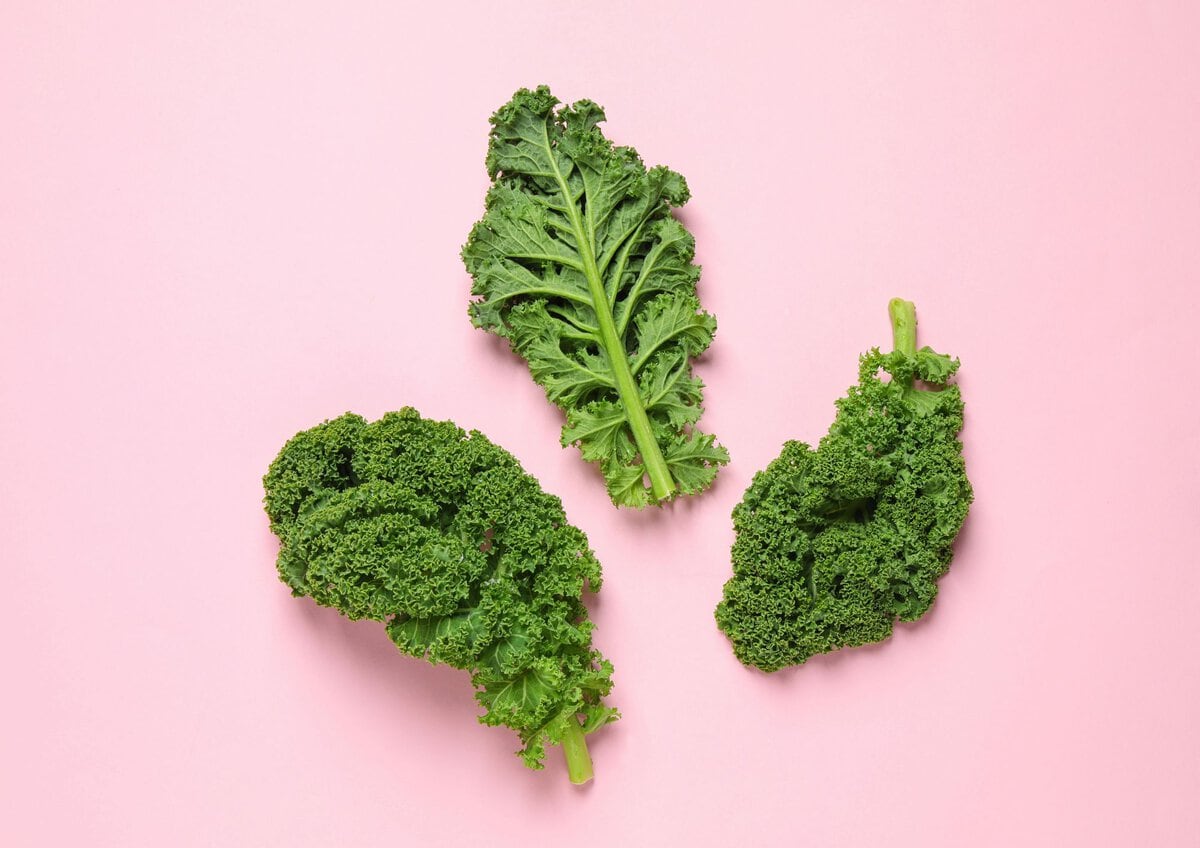
2. Kale
Kale is a powerhouse leafy green that has become a staple in healthy eating, loved for its versatility + nutrient density. Whether you massage it for a salad or crisp it up as kale chips, it’s an easy way to pack extra greens into your meals.
- Taste. Earthy, slightly bitter, with a mild peppery note.
- Benefits. High in vitamins A, C, K, calcium, and fiber; great for bone health, digestion, and boosting immunity.
How To Use Kale:
Enjoy it raw in salads, blend into smoothies, or sauté with olive oil and garlic for a simple side dish. It also works great as a base for grain bowls or blended into pesto!
My Favorite Recipes With Kale:
- Fall Harvest BBQ Chickpea Kale Salad
- Brooklyn Style Kale Pesto Pizza
- Creamy Roasted Garlic Kale Pasta
- Healthy Kale Lemonade
- Cheesy Kale Garlic Bread

3. Parsley
Parsley is a fresh, bright herb often used as a garnish but packed with flavor and nutrition. Its vibrant taste adds a pop to a variety of dishes, making it much more than just a pretty topping.
- Taste. Fresh, slightly peppery, and mildly bitter.
- Benefits. Loaded with vitamins A, C, and K; supports bone health, reduces bloating, and acts as a natural detoxifier.
How to Use:
Chop it up for salads, blend into pesto or chimichurri, sprinkle over soups, or use it as a garnish to add freshness and flavor to any meal. It’s also great in smoothies and juices for an added nutritional boost!

4. Spinach
Spinach is a mild, versatile leafy green that works in everything from salads to smoothies. It's a nutritional powerhouse and a staple in many healthy diets.
- Taste. Mild, slightly sweet when fresh, and earthy when cooked.
- Benefits. High in iron, vitamins A, C, and K, and antioxidants; supports eye health, bone health, and boosts energy.
How to Use:
Add it to salads, blend into smoothies, sauté with garlic, or toss into pasta, soups, or omelets. It’s also perfect for stuffing into wraps or using as a pizza topping!
My Favorite Recipes With Spinach:
- Blueberry Spinach Smoothie
- Creamy Lemon Herb Roasted Chicken + Spinach Tortellini
- Roasted Cauliflower Green Goddess Salad
- Cajun Veggie Pumpkin Pizza
- Super Green Detox Smoothie

5. Arugula
Arugula is a leafy green with a distinct peppery flavor, often used in salads and gourmet dishes.
- Taste. Peppery, slightly bitter, and nutty.
- Benefits. High in vitamin K, calcium, and antioxidants; promotes bone health and reduces inflammation.
How to Use:
Toss in salads, add to sandwiches, or use as a pizza topping. It also pairs well in pasta dishes and as a garnish.
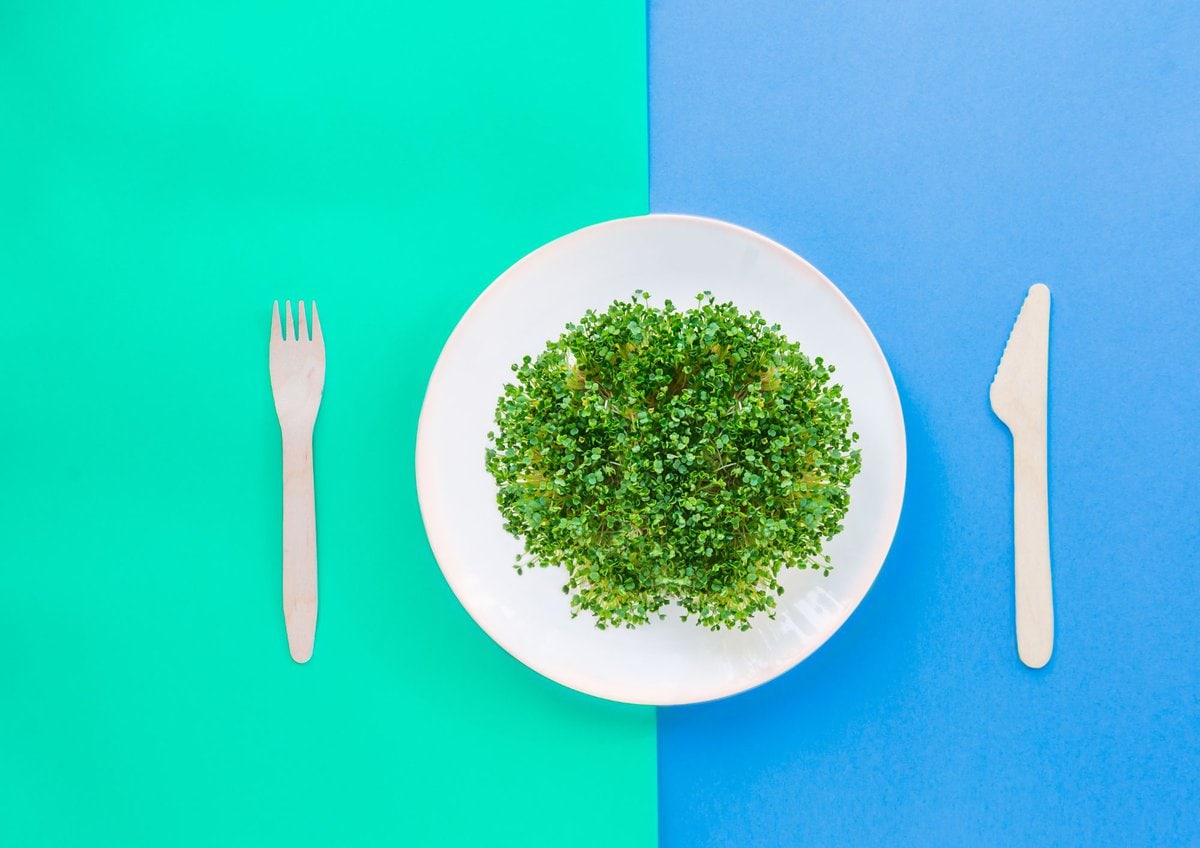
6. Microgreens
Microgreens are young vegetable greens harvested early for their intense flavor and high nutrient content.
- Taste. Varies depending on the type, but often fresh, slightly spicy, and concentrated in flavor.
- Benefits. Packed with vitamins C, E, and K, and rich in antioxidants; great for boosting overall health.
How to Use:
Add to salads, sandwiches, soups, avocado toast, and eggs or sprinkle over any dish for a nutritious garnish.

7. Cabbage
Cabbage is a crunchy, versatile veggie used in a variety of cuisines, from coleslaw to stir-fries.
- Taste. Mild, slightly sweet, and crunchy when raw; tender and earthy when cooked.
- Benefits. High in vitamin C, fiber, and antioxidants; supports digestion and boosts immunity.
How to Use:
- Shred for coleslaw, stir-fry, ferment into sauerkraut, or roast for a delicious side dish.
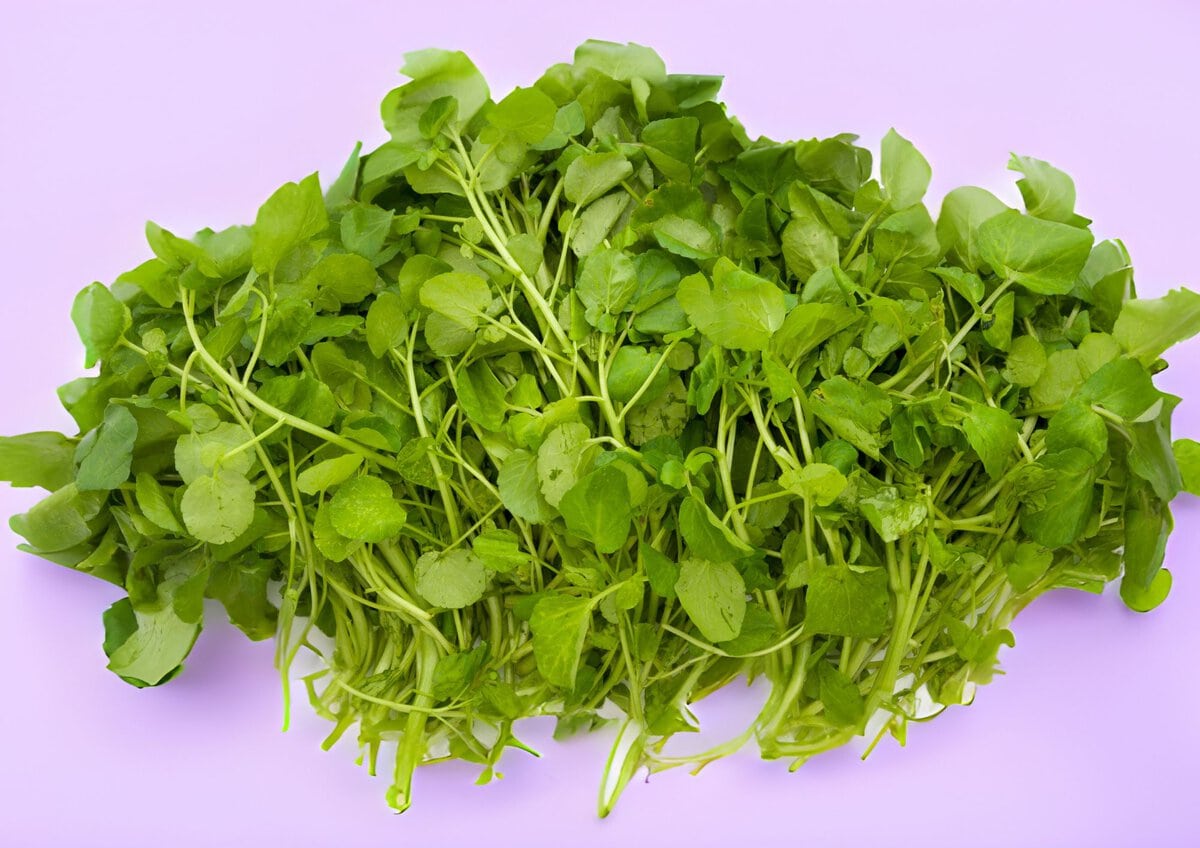
8. Watercress
Watercress is a leafy green with a sharp, peppery flavor, commonly found in salads and soups.
- Taste. Peppery and slightly tangy, similar to arugula.
- Benefits. Rich in vitamins A, C, and K, and powerful antioxidants; supports heart health and boosts immunity.
How to Use:
- Add to salads, blend into soups, or use as a garnish for sandwiches and wraps.
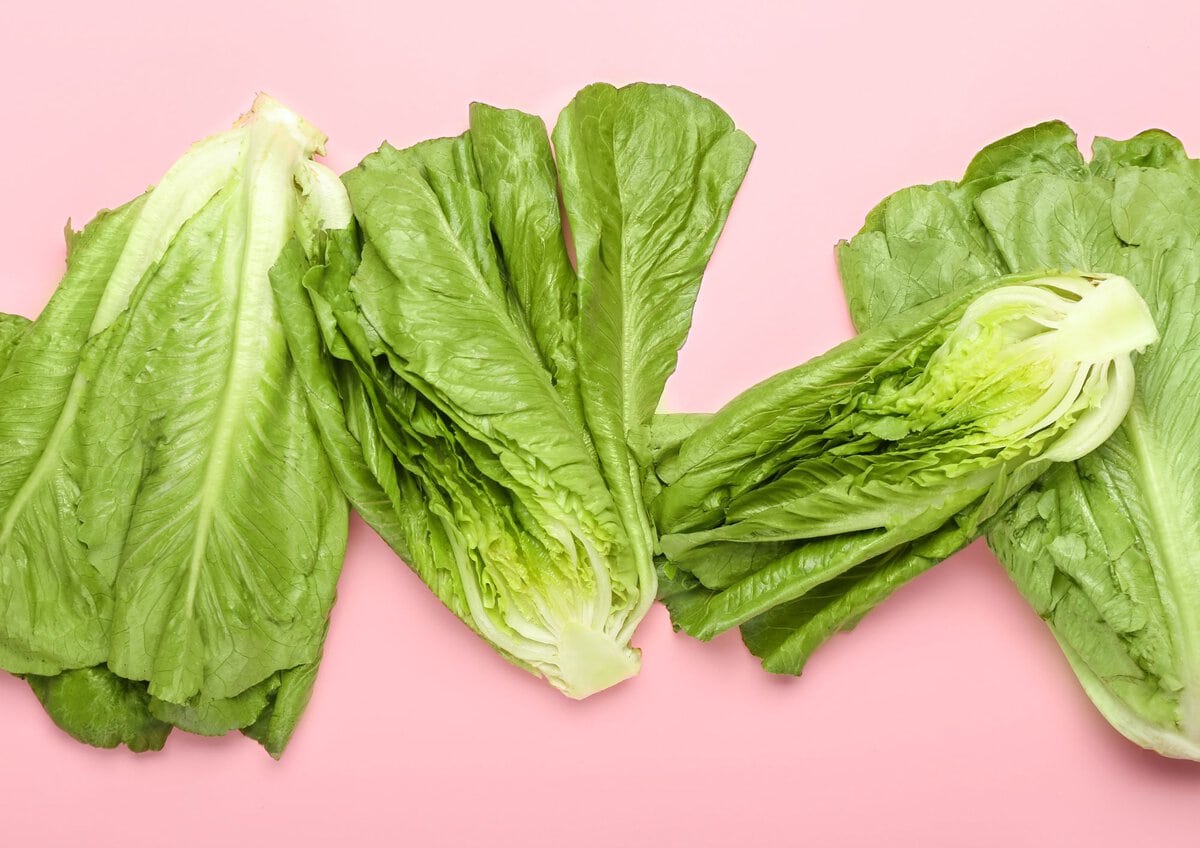
9. Romaine Lettuce
Romaine lettuce is a crisp, refreshing green often used in Caesar salads and wraps.
- Taste. Mild and slightly sweet with a satisfying crunch.
- Benefits. High in vitamins A, C, and folate; promotes eye health and supports hydration.
How to Use:
Use in salads, wraps, or sandwiches. It also works great as a lettuce cup for low-carb meals.
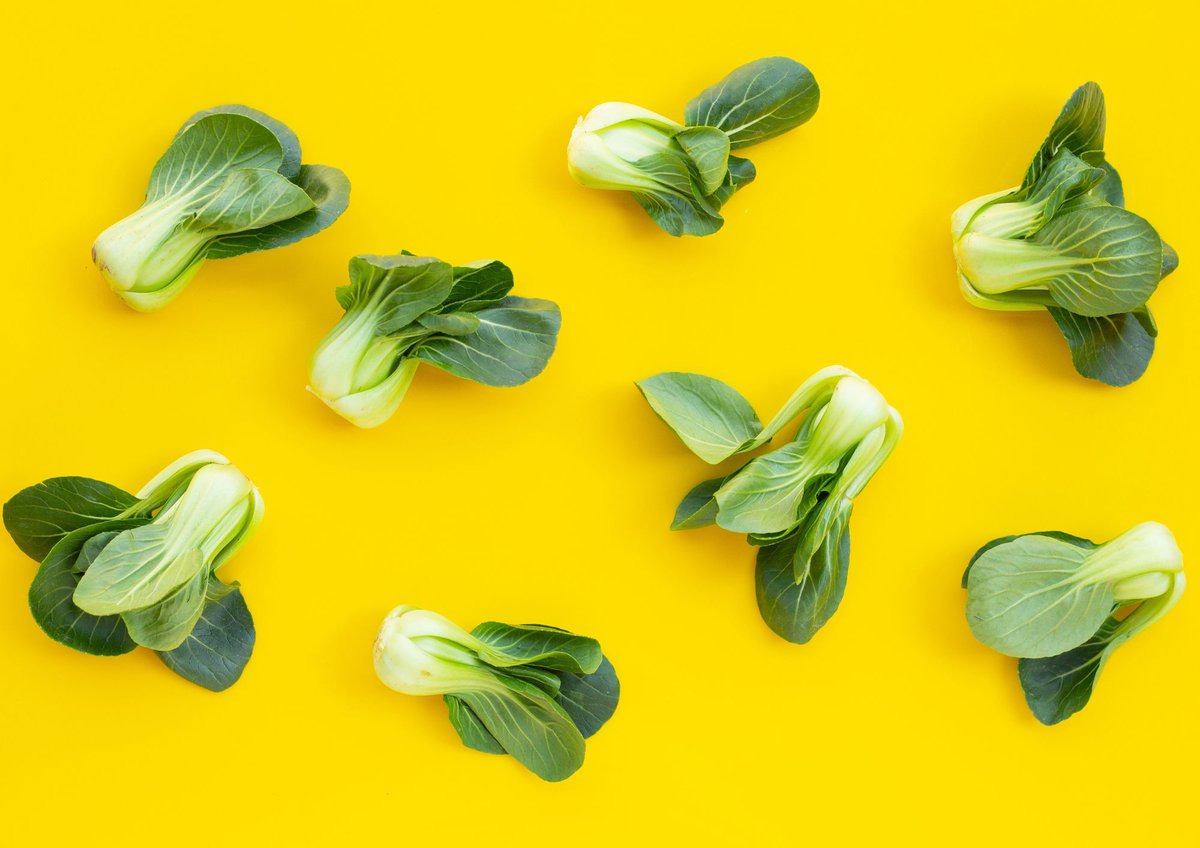
10. Bok Choy
Bok Choy is a tender, mildly flavored Asian green often found in stir-fries and soups. This versatile vegetable is not only delicious but also super easy to prepare.
- Taste. Mild and slightly sweet with crunchy stalks.
- Benefits. High in vitamins A, C, and K, and calcium; supports bone health and digestion.
How to Use:
Sauté, stir-fry, or add to soups like ramen for a nutritious and flavorful boost. You can enjoy bok choy raw in salads or smoothies for a refreshing crunch, or steam it for a quick side dish. Its delicate flavor pairs wonderfully with garlic, ginger, and soy sauce, making it a perfect addition to a variety of Asian-inspired dishes.
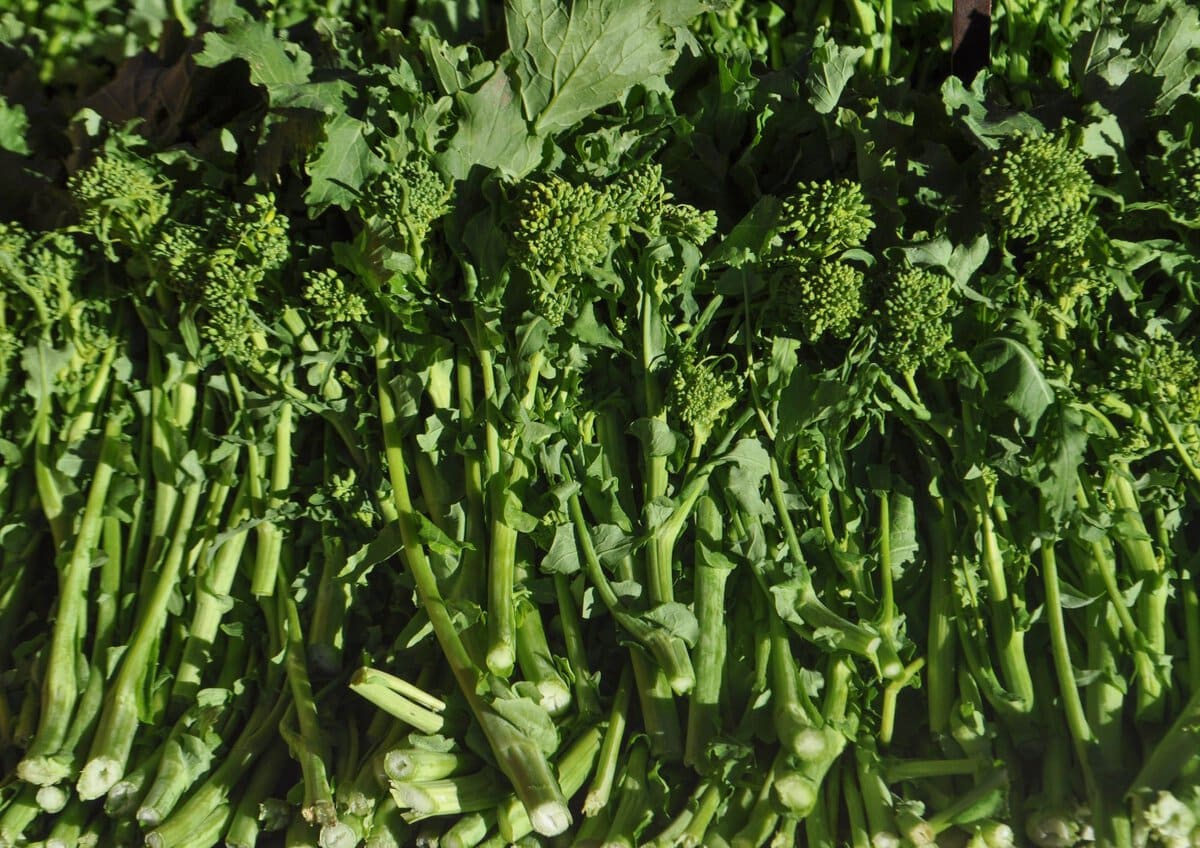
11. Broccoli Rabe
Broccoli Rabe, or rapini, is a leafy green with slightly bitter notes, often used in Italian cooking.
- Taste. Slightly bitter and nutty with a broccoli-like taste.
- Benefits. Packed with vitamins A, C, and K, and fiber; promotes digestive health and fights inflammation.
How to Use:
Sauté with garlic + olive oil, add to pasta dishes, or stir into soups for extra flavor. Perfect for those looking to switch up their greens and is a delicious addition to any meal, whether as a side or a star ingredient in your favorite recipes!

12. Collard Greens
Collard greens are a hearty, leafy green popular in Southern cooking, with a mild and slightly earthy flavor.
- Taste. Mild, slightly bitter, and earthy, especially when cooked.
- Benefits. High in vitamins A, C, and K, and calcium; supports detoxification and heart health.
How to Use:
Sauté with garlic, slow-cook with smoked meats like my Leftover Turkey Southern Collard Greens recipe, or use as wraps for a nutritious alternative to tortillas.
There you have it— I hope learning about greens encourages you to try different types! If you are looking for any meal inspiration check out my "What To Eat This Week" series for some seriously delicious + healthy eats.
More Wellness Tips You Will Enjoy
If you loved learning about the different types of Healthy Green Leafy Vegetables then check out these health + wellness tips next:
- Healthy Oils To Use For Everyday Cooking
- What the World's Longest Living People Are Eating
- Why Flour Lasts Longer When Refrigerated
- Jamaican Herbs That You Should Always Keep On Hand + Remedies
DID THIS HELP IN ANY WAY?
If you've learned anything from 'Top 12 Healthy Green Leafy Vegetables' or given any recipes on my website a go, I'd truly appreciate it if you could share your experience by leaving a ⭐ star rating and dropping your thoughts in the 📝 comments below. Your feedback means a lot, and I love hearing from you on your wellness journey!


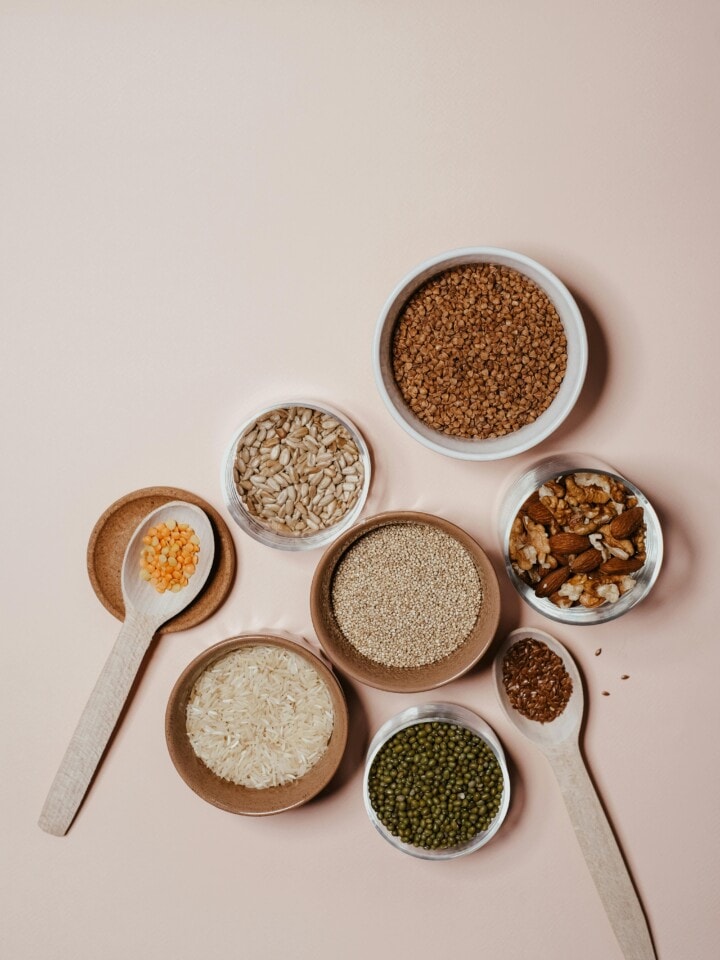


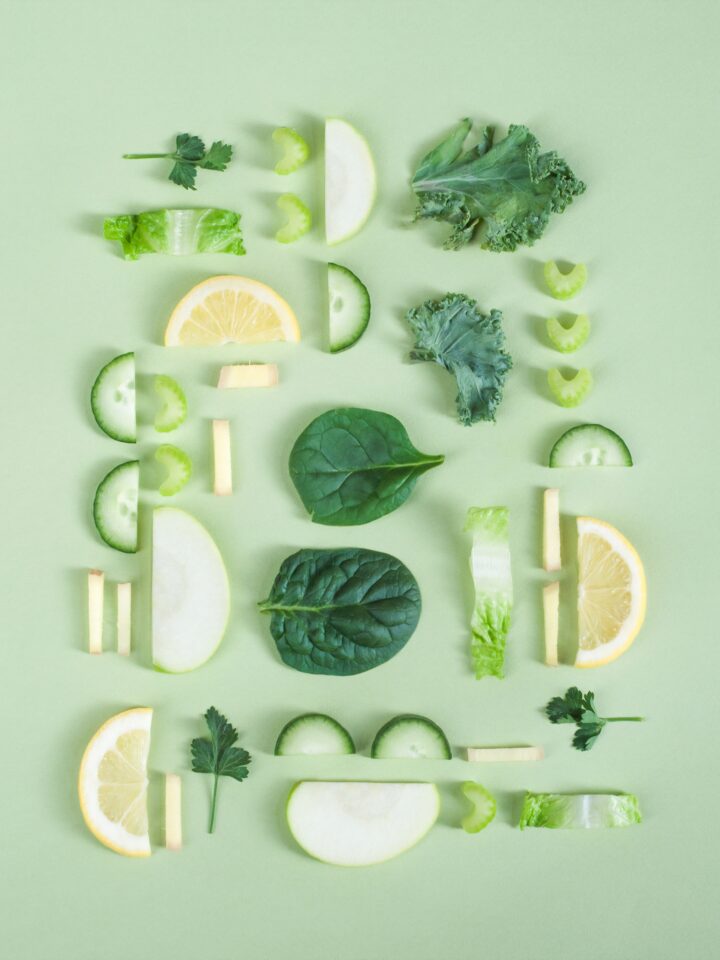
LOVE THIS RECIPE?
LET US KNOW!